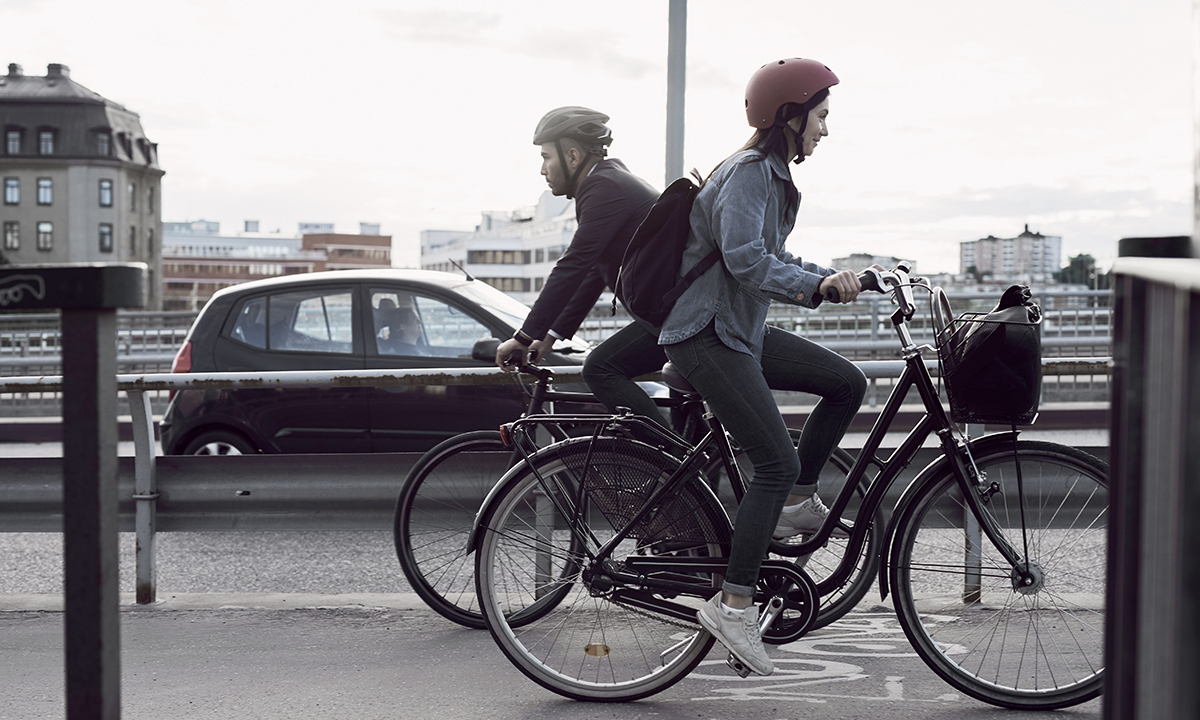Not all transit options are viewed equally by today’s consumers, despite the rise in vaccination rates and a rising travel demand as economies open in many parts of the world.
About 15 percent of respondents say they will be less comfortable with things like ride-hailing and taking the bus after vaccines are widely available, according to an Oliver Wyman Forum survey completed in April 2021.
And while public and shared transit are likely to enjoy a rebound, travelers still are more comfortable with private mobility modes like walking or personal cars. But these are times of high uncertainty, and travelers might return to more efficient and shared mobility preferences sooner than they expect.
Confidence in public and shared transit also varies across regions. According to our survey, Chinese respondents reported feeling significantly safer using any mode of transport after vaccines. Coincidentally, China also had the highest willingness to get vaccinated compared to the other six nations: only 10 percent of Chinese respondents were not planning to get vaccinated. By comparison, 14 percent of Europeans and 19 percent of Americans said they didn’t plan to get a shot.
Within Europe, Italy and Spain show the highest degree of comfort in using all mobility forms, but the preference towards public and private methods suggests a slight but lasting shift away from shared options – at least for now. Germany, France, and the UK show similar leanings, but with stronger preference towards private modes.
The US leans the hardest towards private mobility, indicating a confidence level two-to-three times higher than for public and shared options. And while a vaccine will most likely bring urbanites back to public transport and shared mobility, personal transport also is also likely to remain dominant across the country.
Booming car sales around the world underscore the high levels of comfort with cars today. In China, car sales have returned to 2019 levels – although they still trail sales numbers of 2018 – with a 69 percent increase in purchases year over year between January and March 2021. New vehicle registrations in Europe reached 1.4 million in March – the highest since June 2019 – while US sales were up 26 percent in the first quarter of the year.
But even with surging car sales, a key component of the post-COVID recovery for many governments means fewer cars in cities to reduce congestion and emissions or provide more pedestrian spaces, with more resources allocated to public transit and micromobility options.
Italy’s parliament recently voted to allocate $28.7 billion of recovery funds to clean energy projects that include eco-friendly buses and trains, while London, Berlin, and Paris have all redesigned their roads to accommodate more pedestrians and cyclists and fewer cars. Congestion fee systems to limit cars in London’s city center may expand further throughout the city as part of a $1.4 billion rescue plan for Transport for London. And a $5.3 billion Laos-China railway expansion will build lines to Vientiane, Bangkok, and Singapore.
The discord between consumer comfort with cars and regulatory pushes to remove them means there is no clear winner in mobility’s rebound. But for now, consumers are more at ease with walking or driving themselves.

